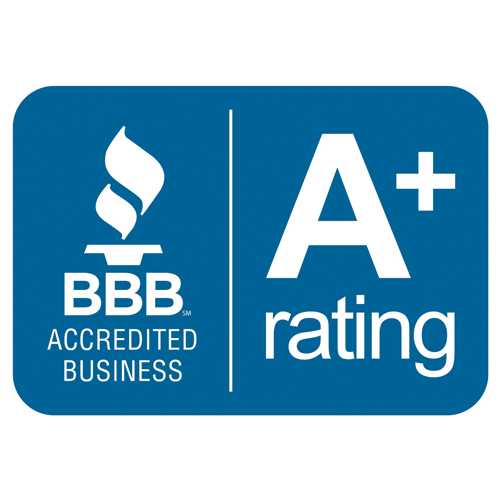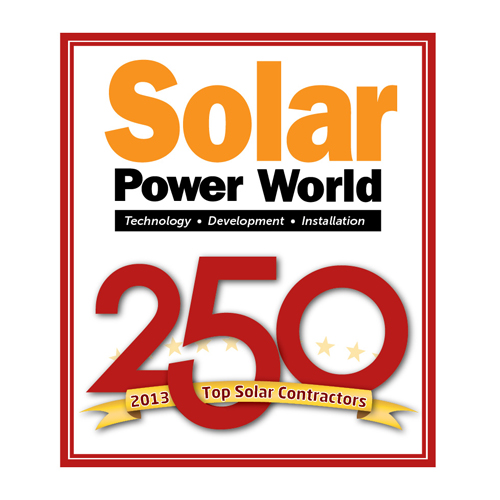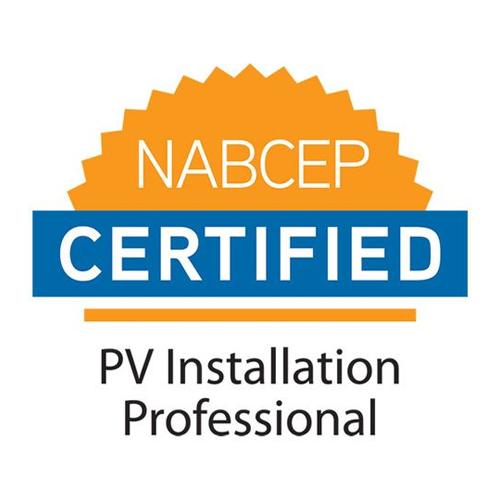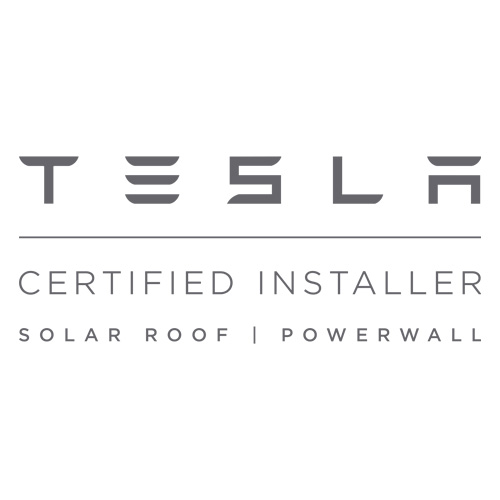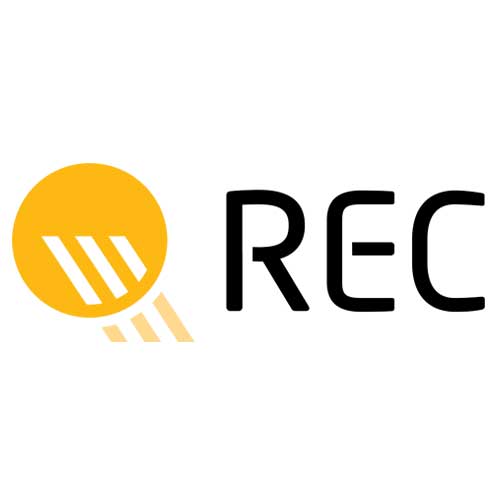Can Solar Panels Power A Whole House?
Solar panel systems consist of photovoltaic (PV) cells that absorb sunlight and convert it into electricity. These PV cells are arranged in arrays, typically on the roof of a home or building. It’s important to note that the amount of electricity generated by a PV array varies depending on the location, local weather conditions, and the size of the array itself. In order to power an entire home using only solar energy, you would need to install enough solar panels to generate a significant amount of electric current—enough to cover all your electric needs.
In general, most residential homes will require anywhere from 4-8kW of electric capacity in order to meet their electricity requirement. This means that it may take up to 32 solar panels (each usually producing 250W) in order to generate 8kW of electricity for a home. Of course, this number can vary depending on the size and location of your home as well as your individual energy usage habits. If you think you’ll need more than 8kW worth of capacity, then you should consider installing additional solar panels or adding battery storage solutions such as Tesla Powerwall 2 battery packs or other similar products.
Answers To Questions About Solar Panels For House Use
What are the Benefits of Installing Solar Panels?
Installing solar panels comes with many benefits; firstly and most importantly there is the reduced energy bills. This is because solar energy is free from traditional sources such as coal, gas or nuclear plants; meaning that it does not need to be purchased from utility companies. Secondly, using renewable energy sources such as solar reduces carbon emissions associated with power production and helps preserve our environment by reducing global warming effects. Thirdly and finally, installing solar panels can increase the value of your home and make it more attractive to potential buyers if you decide to sell in the future.
How Much Does it Cost?
The cost of installing solar panels depends on several factors including the size of your property, how much sunlight it receives throughout the day and what type of panel system you choose to install. Generally speaking however, an average-sized residential installation can range anywhere from $15000-$25000 (USD). This cost can be offset by federal incentives such as tax credits which can reduce up to 30% off the total price tag; making this an attractive proposition for many homeowners looking for ways to save money in their monthly budget. Additionally, many states offer additional incentives which could further reduce costs significantly.
How Long Do Solar Panels Last?
Solar panel systems have a typical lifespan ranging from 25-30 years depending on where they are installed and how well they are maintained over time. However, with regular maintenance and cleaning (generally once per year) these systems can last even longer than projected lifespans – up to 40 years in some cases! Furthermore, newer models often come with higher efficiency ratings due to advancements in technology which may allow them to last even longer than previously thought possible; meaning that investing in quality equipment now could pay dividends in terms of both money saved and environmental impact far into the future.
Are Solar Panels Easy To Maintain?
Generally speaking, most residential solar panel systems do not require much maintenance if any at all beyond regular cleaning (as mentioned above). This means that after installation homeowners don’t need to worry about having someone come out on a regular basis in order keep their system running optimally; allowing them peace-of-mind when it comes time for those dreaded electricity bills each month! On top of this certain manufacturers now provide warranties which cover any repairs or replacements should something go wrong during normal usage; giving consumers extra assurance when choosing their system provider.
What Else Should I Consider When Looking at Solar Panels?
When shopping around for a new system its important that homeowners consider both short-term financial implications as well as long term environmental impacts associated with different models before deciding on one particular option over another. In addition, always make sure to read through warranties carefully before signing any contracts so as not be bound by unexpected costs should something go wrong down the line! Finally try speaking with local installers who will likely have valuable insights into options available depending upon location specific factors such as geographic area sunlight levels etc… All things considered though investing in quality equipment will pay dividends both financially and environmentally far into the future – so it’s definitely worth considering when looking at upgrading one’s home energy needs!
2. Can Solar Panels Power A Whole House At Night?
Solar energy has long been a source of renewable, clean energy for households and businesses alike. It has been used to power everything from microwaves to hot water heaters and even entire homes. But the question remains: Can solar panels power a whole house at night? In this article, we’ll explore the potential of solar panels to provide enough electricity to run an entire home in the dark.
The answer might surprise you – but yes, solar panels can be used to provide electricity at night. This is possible due to a technology called net metering, which allows homeowners with solar systems on their roofs to store excess electricity during daylight hours and then use it in the evening or when the sun isn’t shining.
Net metering works by sending any extra electricity generated during peak times back into the grid, allowing the homeowner to receive credit for that electricity later on. In some cities, net metering is even enforced by law so that homeowners are compensated for any excess power produced during daylight hours regardless of whether they use it or not. As long as there’s available storage capacity on the roof or nearby, solar panels can generate enough power throughout the day (and night) to meet most of a household’s needs.
Solar Panels Can Power A Whole House During The Day
The basic idea behind solar panel systems is that they collect energy from the sun’s rays and convert it into electrical power through photovoltaic (PV) cells. These PV cells are connected together in a series called a module, which is then connected to an inverter in order to provide AC current suitable for use in your home. The inverter converts the DC current generated by the cells into alternating current, which can be used on common household appliances such as televisions, computers and lights.
When selecting solar panels for your home, it is important to take into account several factors such as size, location and efficiency. The size of the solar panel array will determine how much energy you can generate – larger arrays will produce more power but require more space on your roof or property. Location is also key – you should choose a spot that gets plenty of direct sunlight throughout the day so that you can maximize output. Finally, make sure to buy high-quality solar panels with a good warranty – these will be more efficient and last longer than cheaper models.
Once installed, solar panel systems require very little maintenance – just regular cleaning to ensure maximum efficiency – and can last up to 25 years or more depending on environmental conditions and usage levels. Since electricity produced by solar panels is free from carbon emissions, it’s also an excellent way to reduce your carbon footprint while still meeting all of your energy needs during daylight hours. Furthermore, installing a solar panel system may even reduce your electricity bills as any excess power generated by the system can often be sold back to utility companies or other energy providers via net metering programs.
3. How Long Can A House Run On Solar Power Alone?
The first factor to consider when determining how long a house can run on solar power alone is its size. Larger homes with more rooms require more electricity than smaller homes with fewer rooms. Therefore, larger homes typically need more solar panels to generate enough electricity for their needs. In addition, larger homes also require larger batteries to store the extra electricity generated by the solar panels so it can be used later when the sun isn’t shining.
Another important factor in determining how long a home can run on solar power alone is the type of equipment being powered by the system. Solar systems are designed to provide energy for specific applications such as lighting, heating or cooling systems, or appliances like refrigerators and washing machines. If your home includes these types of systems or appliances, then they will need to be connected to your system in order for them to be powered by your solar setup. This means that your system must have enough capacity not only for powering these items but also for charging their batteries during times when there isn’t sufficient sunlight available (such as at night).
4. Are Solar Panels Worth It For Homeowners In Hawaii?
Are you considering installing solar panels on your property? If so, you may be wondering if they are worth it. The answer to that question depends on a few factors, including the size of your solar panel system and how much electricity your panels can produce.
To figure out the size of your solar panel system, you first need to determine how much electricity you use in a typical day. This can be done by checking your monthly electricity bills or using an online calculator like this one. Once you have the amount of electricity that your home uses each month, you can then calculate the size of solar panel system that will be needed to produce that amount of energy.
Once you know the size of your solar panel system, it’s time to figure out how much electricity those panels can produce. This will depend on a number of factors, such as the location and type of sun exposure for your home. Generally speaking, a solar panel system can generate around 20% more energy than what is needed to run a household in Hawaii. So if your home uses around 2200 kWh per month, a typical solar panel system would be able to generate around 4000 kWh per year – enough power for almost all average Hawaiian homes!
Now that we’ve covered the basics about installing solar panels on your property, it’s time to talk about payback time and savings rates. The payback time for a typical Hawaiian home with a 2000 watt Solar Panel System is 12 years and 8 months while the savings rate is approximately 30%. This means that after 12 years and 8 months (the payback period), homeowners would have earned back their initial investment plus interest while also saving an additional 30% over their original purchase price! That’s some pretty impressive math!
Different islands in Hawaii offer different incentives for going renewable such as Property Tax Incentives or Renewable Energy Certificates (REC) which make Solar Panel Systems even more cost-effective overall. Understanding these incentives before making any decisions about installing Solar Panels on Your property in Hawaii could mean big savings down the road!
5. How Do Solar Panels Work?
Solar cells are the core components of a solar panel. They absorb sunlight and convert it into electrical energy in a process called photovoltaics (PV). Solar cells are made up of a thin layer of semiconducting material such as silicon, which creates an electric field when exposed to light. The electric field produces a flow of electrons (electricity) that can then be captured for use in powering devices or stored in batteries for later use.
The size and efficiency of a solar panel depends on its construction. Most modern solar panels consist of several layers including the top layer which deflects direct sunlight away from the cells; followed by several layers of conductive materials that allow electrons to flow; an electrolyte layer that serves as an electron transport medium; and finally a back contact layer that collects the electrons produced by the PV cell. All these layers are essential for efficient conversion of light into energy.
In order for solar panels to be effective, they must be positioned appropriately so that they can receive maximum exposure to direct sunlight throughout the day. The angle at which they are mounted also affects their efficiency, with most systems having adjustable tilt angles so they can take advantage of seasonal variations in sunlight intensity. Additionally, some installations may include tracking systems that automatically orientate the solar arrays towards the sun during its path across sky throughout the day resulting in greater output power production capacity as compared to fixed mounts that remain stationary all day long..
What Are The Advantages And Disadvantages Of Solar Panels
The benefits of solar panels are clear: they can save you money on your electric bill. In fact, according to the National Renewable Energy Laboratory, solar panels can save homeowners up to 30% on their electric bills. This is because solar panels generate electricity when the sun is shining and use less energy than traditional sources like coal or nuclear power.
Solar panels can also be used to power your entire home. This means that you don’t have to rely on the grid – or have a backup generator – in case of an outage or emergency. Solar panels can also be installed on your roof or in other strategic locations, meaning that they are always available to generate electricity for your home.
Solar panels have some disadvantages, however. For example, they have an initial cost and require regular maintenance (such as checking for corrosion). Additionally, severe weather conditions (like hurricanes) can damage solar panels and cause them to stop working altogether. However, with proper maintenance and protection from weather extremes, solar panel technology has the potential to provide reliable power for years to come.
6. Solar Panel Installation Tips For Homeowners In Hawaii
First and foremost, it’s important to determine how much energy you need from your solar panel system to power your home. Doing this will help you decide what type of system and components you will need, as well as the size of your solar array. This can be done by calculating the amount of electricity used in the home during peak hours or estimating based on past bills. It’s also important that you consider the size of the area available for installation when determining the size of your system.
Next, you should make sure that your roof is suitable for a solar installation project. Hawaii has two main types of roofs: flat roofs and pitched roofs. Flat roofs are easier to install on because they require less angled frames, while pitched roofs may require a more complex mounting system with steeper angles that increase cost and complexity slightly but provide more aesthetic appeal when installed correctly. Additionally, it may be easier to install an array on an existing structure than building something new from scratch.
Bottom Line
Once installed, a typical residential solar system will generate anywhere from 1kW up to 10kW depending on its size and orientation toward sun exposure during peak hours of sunlight throughout the day—the more exposure it receives, the more power it will produce throughout its lifespan estimated at 25 years or so with proper maintenance done yearly or bi-annually depending on weather conditions where you live. That equates anywhere from 10kWh per day up to 100kWh per day during peak summer months which should be more than enough energy for most households without any additional additional cost from their electric utility companies since excess power can be sold back onto the same grid for credits or cash payments offsetting future bills thanks to net metering laws enacted across many states allowing people who generate their own renewable energy sources like solar buffer themselves against rising electricity rates as well as potentially earn income from selling surplus electricity back onto the grid which was made easier with new smart meters being rolled out nationwide by utilities providers over recent years making tracking both incoming and outgoing electricity usage easier than ever before leading even more people towards greater self-sufficiency when it comes meeting their daily electricity needs thus freeing up their monthly budget from paying high electric rates while also reducing carbon dioxide emissions into our atmosphere making our environment cleaner while helping create healthier communities overall..

